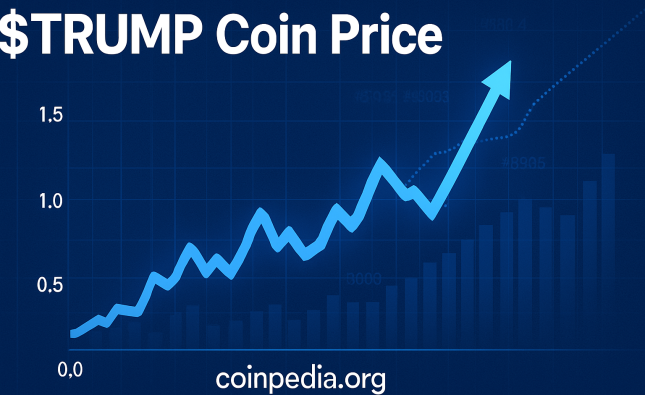
In the realm of digital finance, Bitcoin stands as the pioneer, the trailblazer that introduced the world to the concept of cryptocurrency. However, as the technology matured, numerous alternatives to Bitcoin, termed altcoins, emerged. These altcoins offer distinct features and functionalities, catering to various niches within the cryptocurrency market. This article delves into the realm of altcoins and emerging cryptocurrencies, exploring their characteristics, use cases, and potential for the future.
Understanding Altcoins

Altcoins, simply put, refer to any cryptocurrency other than Bitcoin. While Bitcoin remains the dominant force in the market, altcoins have gained traction for their unique features and applications. These alternative cryptocurrencies often seek to address limitations perceived in Bitcoin, such as scalability, transaction speed, or privacy.
Diversity in Functionality
One of the key aspects of altcoins is the diversity in functionality they offer. For example, Ethereum introduced smart contracts, enabling developers to build decentralized applications (DApps) on its blockchain. Ripple focuses on facilitating real-time cross-border payments for financial institutions, while Litecoin aims to improve upon Bitcoin’s transaction speed and scalability.
Emerging Cryptocurrencies
Beyond established altcoins, there is a constant influx of emerging cryptocurrencies. These projects often introduce novel concepts or technologies to the market, aiming to disrupt existing industries or create entirely new paradigms. Projects like Polkadot, Cardano, and Solana have garnered attention for their ambitious goals and innovative approaches to blockchain technology.
Analysis of Altcoins and Emerging Cryptocurrencies
| Cryptocurrency | Key Features | Use Case | Potential |
|---|---|---|---|
| Ethereum | Smart contracts, DApps | Decentralized finance, NFTs, ICOs | High |
| Ripple | Real-time cross-border payments | Financial institutions, remittances | Moderate |
| Litecoin | Faster transaction speed, scalability | Everyday transactions, micropayments | Moderate |
| Polkadot | Interoperability, scalability | Cross-chain communication, DApps | High |
| Cardano | Scalability, sustainability | DApps, smart contracts | High |
| Solana | High throughput, low fees | DApps, decentralized finance | High |
Comparative Analysis
The comparative analysis highlights the strengths and weaknesses of various altcoins and emerging cryptocurrencies. Ethereum’s extensive ecosystem and first-mover advantage position it as a leader in decentralized finance (DeFi) and non-fungible tokens (NFTs). Ripple’s focus on facilitating cross-border payments gives it a niche in the financial industry, although regulatory challenges may impact its growth. Litecoin’s faster transaction speed makes it suitable for everyday transactions but faces competition from newer, more scalable projects.
Among emerging cryptocurrencies, Polkadot’s interoperability and scalability make it a promising platform for building decentralized applications that can communicate across different blockchains. Cardano’s focus on scalability and sustainability could address some of the scalability issues faced by existing blockchain networks. Solana’s high throughput and low fees position it as a strong contender for DeFi applications requiring fast transaction speeds.
Challenges and Risks
Despite the promise and potential of altcoins and emerging cryptocurrencies, there are also significant challenges and risks associated with investing in these assets. One notable risk is regulatory uncertainty, as governments worldwide grapple with how to regulate digital assets effectively. Regulatory actions or crackdowns on specific cryptocurrencies can significantly impact their value and adoption. Moreover, the volatility of the cryptocurrency market itself poses a risk to investors, with prices often subject to sudden and dramatic fluctuations. Security concerns, such as hacking incidents and vulnerabilities in smart contracts, also remain a significant challenge for both users and developers in the cryptocurrency space.
The Future of Altcoins and Emerging Cryptocurrencies
Looking ahead, the future of altcoins and emerging cryptocurrencies appears promising, albeit with uncertainties. As blockchain technology continues to evolve and mature, it is likely that we will see further innovation and adoption in this space. Projects that can effectively address scalability, interoperability, and sustainability challenges are poised to thrive in the long term. Additionally, as institutional interest in cryptocurrencies grows and regulatory frameworks become clearer, we may see increased mainstream adoption of altcoins alongside Bitcoin. However, the landscape is dynamic, and the success of individual projects will depend on various factors, including technological advancements, regulatory developments, and market dynamics. As such, investors and stakeholders in the cryptocurrency space must remain vigilant, conducting thorough research and due diligence before making investment decisions.
Conclusion
While Bitcoin remains the flagship cryptocurrency, the world of altcoins and emerging cryptocurrencies offers a vast array of options for investors, developers, and enthusiasts. Each altcoin brings its unique set of features and use cases to the table, contributing to the evolution of blockchain technology and decentralized finance. As the market continues to mature, careful analysis and consideration of the strengths and weaknesses of different projects will be crucial in navigating the ever-changing landscape of cryptocurrencies.










